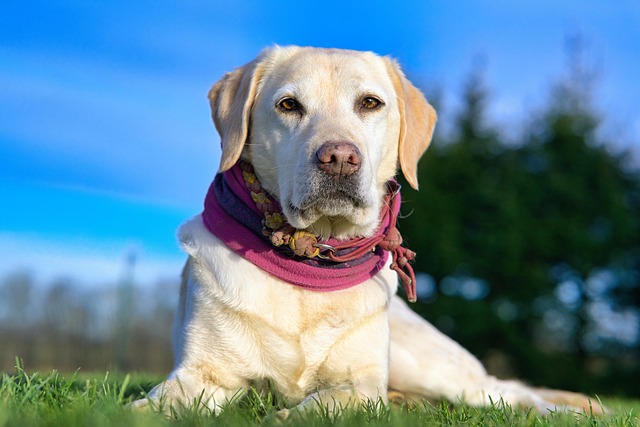
How do i train my dog to be obedient?
Watching your dog dart across the park ignoring your calls isn’t just frustrating—it can put them at risk near busy streets or public spaces.
Many new dog owners wait for their puppy to “grow out of” chewy or jumpy habits, but that’s often when training should already begin. Puppies as young as 8 weeks old can pick up basic cues like “sit” or “stay”—their brains are like sponges, and early lessons shape good behavior for life. Before starting any formal training, check local rules—some cities require puppies to complete basic obedience classes before they’re allowed in public parks, which keeps you on the right side of pet laws.
Don’t let a puppy’s small size fool you; even tiny pups benefit from learning boundaries. If your 10-week-old nips at hands or pulls on the leash, gentle training now prevents those habits from getting worse as they grow. Look for trainers certified by local animal welfare groups—many regions have standards for who can offer training services, so choosing a qualified pro ensures you’re following best practices.
 For adult dogs, it’s never too late to start obedience training, but the approach might shift. If you’ve adopted a rescue dog with unknown history, start with trust-building before diving into cues. Some areas mandate that adult dogs in multi-dog households complete obedience training to reduce conflict, so checking local regulations can save you from fines later. Short, daily sessions work better than long ones—adult dogs focus best in 10 to 15 minute bursts.
For adult dogs, it’s never too late to start obedience training, but the approach might shift. If you’ve adopted a rescue dog with unknown history, start with trust-building before diving into cues. Some areas mandate that adult dogs in multi-dog households complete obedience training to reduce conflict, so checking local regulations can save you from fines later. Short, daily sessions work better than long ones—adult dogs focus best in 10 to 15 minute bursts.
Socialization goes hand-in-hand with obedience training, and timing matters here too. Puppies between 3 and 14 weeks old need exposure to other dogs, people, and sounds to feel confident. But skip busy dog parks if your pup isn’t vaccinated yet—many regions have laws about vaccine requirements for public spaces, and ignoring them puts your puppy and others at risk. A trainer can help you find safe socialization opportunities that follow local guidelines.
Watching for your dog’s readiness is key—if they’re tired or distracted, training sessions will backfire. Puppies might get sleepy after meals, so try short lessons in the morning when they’re alert. For adult dogs, avoid training right after exercise when they’re worn out. Remember, positive reinforcement—like treats or praise—works better than scolding, and it aligns with most local animal welfare recommendations for humane training.
Starting obedience training at the right time sets your dog up for a happy, well-adjusted life. Whether you’re working with a tiny puppy or a mature dog, pairing training with local law compliance keeps everyone safe. With patience, consistency, and a focus on positive habits, you’ll build a strong bond with your dog—and have a well-behaved companion to enjoy for years.

Watching your dog dart across the park ignoring your calls isn’t just frustrating—it can put them at risk near busy streets or public spaces.

New puppy owners often find themselves rushing to clean up accidents before they set in, and that’s where puppy pad training becomes a game-changer.

If you've noticed your dog's waistline disappearing and your veterinarian has mentioned those few extra pounds, your first instinct might be to simply reduce the amount of food in their bowl.

Training a dog to use a designated spot indoors isn’t as daunting as many new owners fear, but it does take consistency and an understanding of your pet’s needs.

That moment of dread on a walk is all too familiar for many new dog owners. You see another dog approaching down the sidewalk of your neighborhood

If the sight of another dog on your neighborhood walk makes your heart sink as your own dog erupts into a frenzy of barking and lunging, you're not alone.